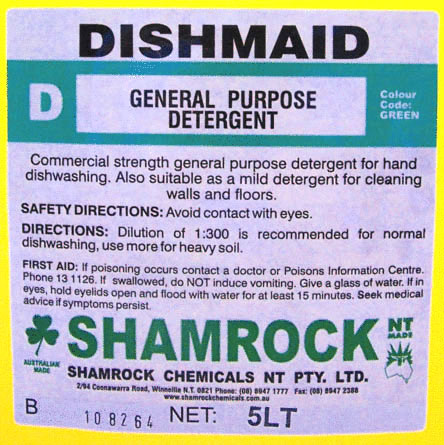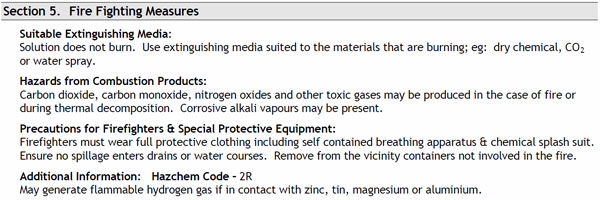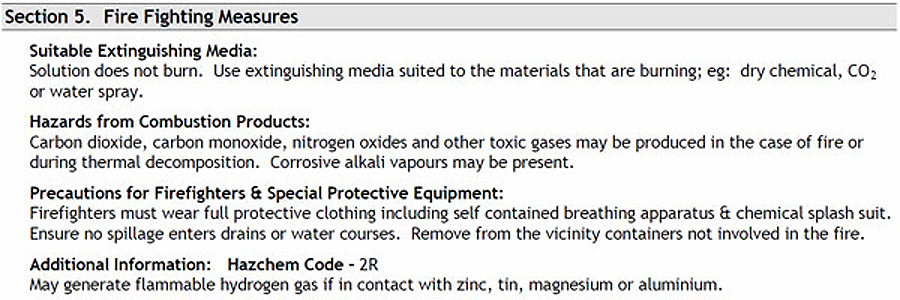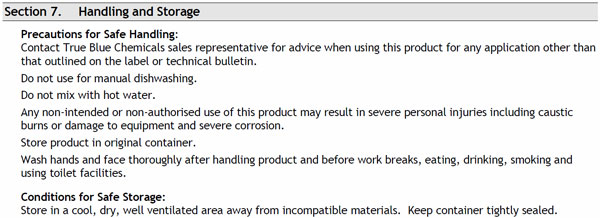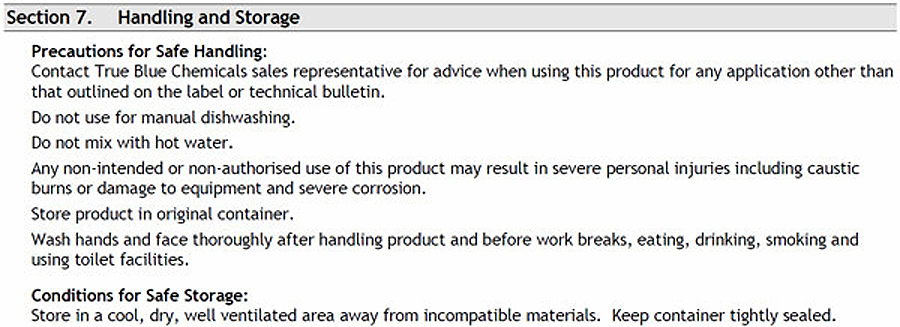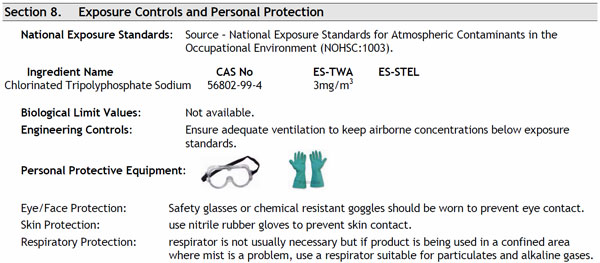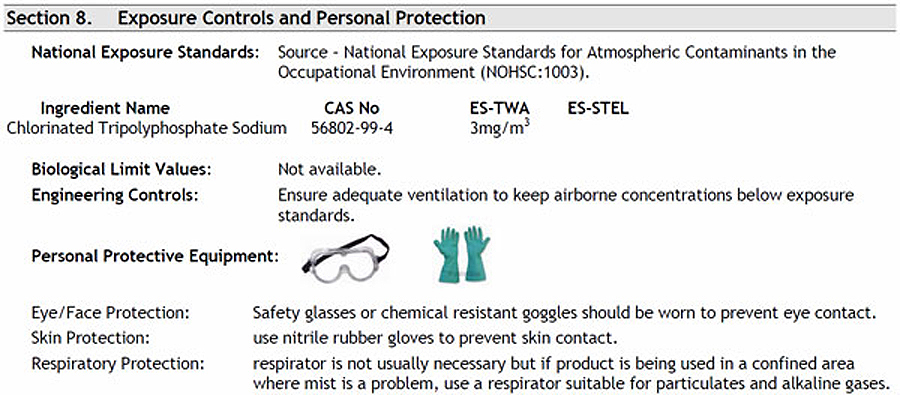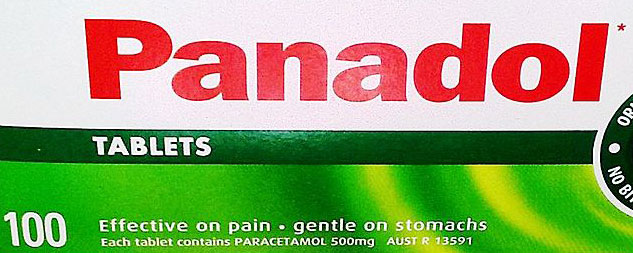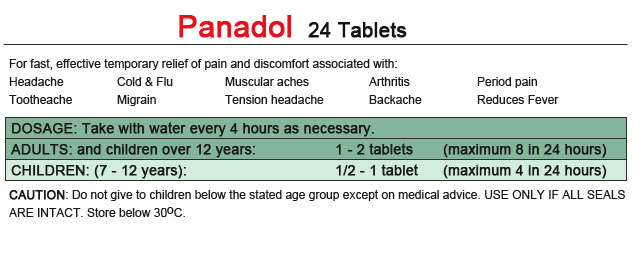- -Able to read and understand chemical labels.
- -Able to read and follow instructions on an SDS (Safety Data Sheet).
- -Able to read and follow instructions on medications.
-
Chemical Labels / SDS
Handling and using chemicals can be dangerous. We need to be able to understand the information on the chemical labels or the Safety Data Sheet to stay safe, know how to use them correctly and know what to do in a emergency.
Click on the Play button to start the introduction video.
-
Show Me
Show Me
Understanding an SDSClick on the Play button to start the video.
A Safety Data Sheet (SDS) includes information about:
- Possible hazards
- First Aid
- Fire Fighting
- Spillages
- Handling and Storage
- Personal Protective Equipment (PPE)
- Disposal
To find the information you want:
- First find the subheading you need, for example, Personal Protection
- Read the directions under that heading
Show Me
A Chemical EmergencyClick on the Play button to start the video.
A Chemical Emergency
Many chemicals are used in the Hospitality industry.
It is important to know what to do if:
- There is an accident such as a spillage.
- Someone comes in contact with a chemical.
- How to dispose of the chemical safely.
Where do you find out?
- Label of the chemical bottle
- SDS
Chemical safety is important.
READ FIRST AND FOLLOW THE INSTRUCTIONS
Show Me
First Aid: Reading LabelsClick on the Play button to start the video.
A medication is a drug that helps prevent or improve an illness or injury. There are many types of medications:
- Capsules, tablets and syrups - taken orally, that means 'by mouth'
- Ointments, creams lotions and powders - applied to the skin
- Sprays and inhalers - taken via the nose or mouth
Medications may:
- require a prescription
- be purchased over-the-counter (OTC)
Doses of medication may depend on:
- the purpose of the medication
- the age and weight of the person
The dosage tells you:
- how to take the medication
- when to take the medication
-
Say It
There are 2 parts in this section.
1. The GlossaryThe glossary lists the more difficult words related to the topic in alphabetical order. The glossary also gives the meaning for each word.
2. Look, Cover, Write, Check!This activity gives you practice at remembering and writing the words from the glossary.
The Glossary
-
Do It: Reading Chemical Labels

Chemicals are all different and can be harmful if not used properly. Exposure to some chemicals can affect your health. Exposure can occur through touching, breathing in, or swallowing.
Labels on chemical bottles give information on:
- the brand and name of the product
- what the product is used for
- safety directions
- how to use and dispose of the product
- first aid
Do It: Reading Chemical Labels

Do It: SDS

Do It: First Aid: Reading Medication Labels

Check It
Check It QuizChemical Label/SDSClick on Chemical Label/SDS to begin.
- Introduction
- Show Me
- Say It
- Do It
- Check It
